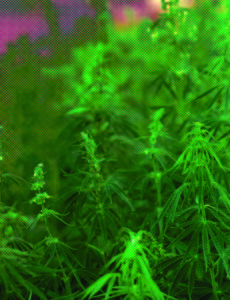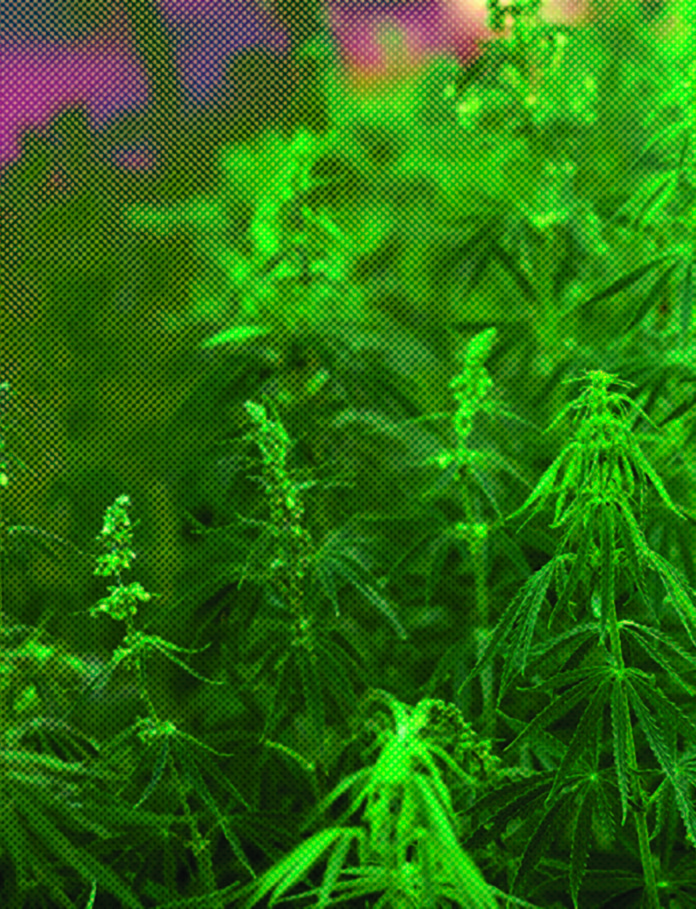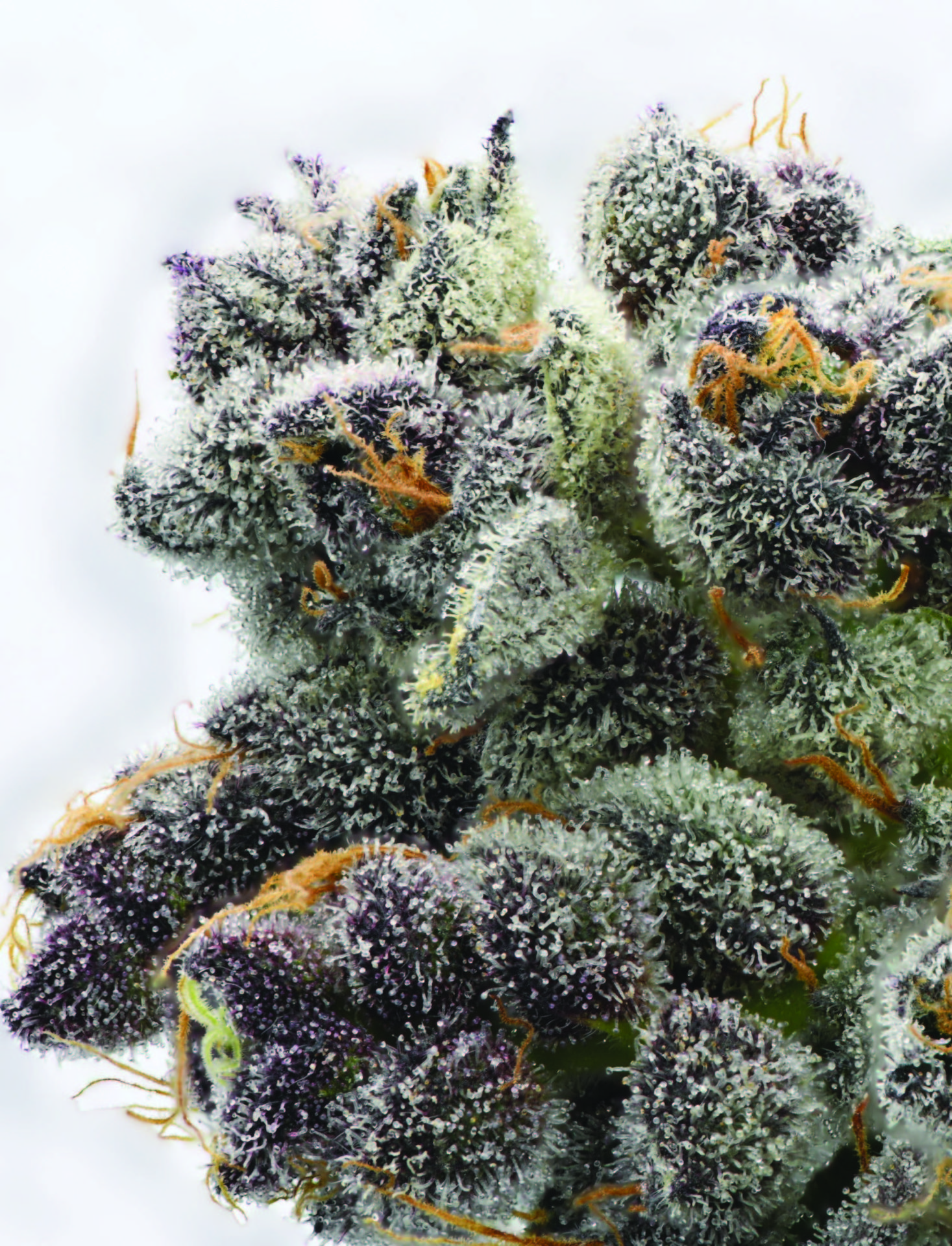
By Joseph Jaramillo
Cannabis plants have coevolved with humans for millennia, and our intimate relationship continues today. From ancient times to the present, we have carried Cannabis seeds around the globe, into geographically diverse ecosystems inhabited by traditional cultures, each with its own specific demands for the plant in terms of food, fiber and medicine. Exposed to a new environment, the genetic diversity within each plant population responded to natural selective pressures, directed by local farmers’ and consumers’ requirements. Farmers collected seeds from their best plants and saved them for sowing the following year. Traditional farmer varieties are known as “landrace varieties” or simply “landraces.” Each landrace evolved under localized selective pressures and flourished within a geographically limited area. This scenario was repeated many times as different genus spread around the globe. Over time, new landraces expressing a multitude of traits, became established and provide the basic breeding stock for all plant-improvement programs.
Landrace genomes (complete sets of genetic material within each organism and population) were selected within a localized set and setting, and their genes were variously expressed depending on local conditions. In addition to adapting to a certain environment, a functional genome must also be dynamic and contain sufficient genetic diversity to allow for continuing adaptability to changing selective pressures. In many plants, both male and female sexual organs are present within each flower, and seeds are produced by selffertilization or “selfing”-both the male pollen and the female ovule coming from a single plant. Individual Cannabis plants, however, are generally either male or female in an approximately equal ratio, so two different plants are required to make a seed – a male plant supplying pollen and a female to bear the seed – and selfing is not possible. Pollen is carried from males to females by the wind. Each male fertilizes many females, and each female is pollinated by many males. This results in open pollinations and obligate outcrossing, which promote genetic variability by combining genomes from many individuals in the following generation. Wind-blown free love begot the genomic diversity of landrace Cannabis’ we see today. Open pollination within geographically isolated areas allowed for the evolution of diversity in different landrace populations, as well as the accentuation of specific traits that differentiate one landrace from another. Sexual reproduction promotes variability and evolutionary change, while asexual reproduction fixes one set of genes (genotype) and traits (phenotype) and stops evolution in its’ tracks. Hybrid seeds, and clones of their offspring, are now available internationally, but although we are spreading and sharing genetically different varieties worldwide, we are not expanding the Cannabis gene pool. Through the movements of humans and the exchange of seeds, the genomes of landrace populations came to contain a plethora of potentially favorable traits. As early Western sinsemilla farmers/breeders procured seeds of landrace varieties from around the world – most often contained within illicit marijuana flowers smuggled from such far-flung places as Afghanistan, Thailand, Colombia, Jamaica and Mexico – they selected the most favorable traits from the populations they grew, and thereby exerted new evolutionary pressures. By the late 1970s and early 1980s, some sinsemilla breeders across North America were essentially creating their own “landraces” adapted to local outdoor conditions. It is largely from these basic building blocks that the multi-hybrid seeds and clone-only varieties of today were built. Before the emergence of Dutch seed companies in the late 1980s, clandestine growers either sourced their seeds from local farmer/breeders or from imported cannabis. While sinsemilla seed varieties began to be sold worldwide, cannabisexporting nations saw many of their traditional cannabis-producing communities impacted by prohibition. The War on Drugs created too much risk for traditional family farmers, and over time, the illicit drug trade took over. As production expanded, every seed was sown, and there were no longer the traditional human selections of the best plants that focused the desirable traits of each landrace genome. The result was production of huge amounts of low-quality, commercial cannabis intended for export, and the spread of these unselected seeds ultimately supplanted many regional landrace varieties. Industrial hemp varieties are grown from seed, are relatively “true breeding” and produce a relatively uniform and consistent crop each time they are sown. Few, if any, sinsemilla seed varieties are as consistent in the field as hemp cultivars. This is because most present-day sinsemilla plants were not selected directly from within a landrace population – almost all are hybrids between genomes of at least two different landrace origins – and these differing genetic contributions are expressed in various combinations of traits. This presents Cannabis breeders the challenge of creating new varieties that are recognizably different from others and express specific favorable and reproducible traits while maintaining a dynamic genome that may be expressed differently from year to year.
True-breeding sinsemilla varieties are difficult to establish. As a consequence present-day commercial marijuana crops are most often grown from cuttings instead of seeds and they are increasingly cultivated indoors under artificial light rather than under the sun. Varieties are selected to grow under conditions quite apart from nature’s selective forces and are chosen to perform well under artificial conditions. In today’s global market, “clone-only” sinsemilla varieties carpet the world, thereby spreading a lack of genetic diversity while engendering a myriad of potential agricultural problems in terms of susceptibility to disease and intolerance to imposed environmental stresses. The majority of industrial hemp cultivars are monoecious (male and female flowers are born on the same plant, allowing inbreeding), and they share a very limited number of founding ancestors, often just a single monoecious plant. Most asexually reproduced commercial sinsemilla varieties contain elements of the Afghan hashish plant genomes. Reduced genetic diversity and mono-cropping of asexually reproduced clones invite the possibility of blights and numerous other widespread calamities. Extensive cultivation of clonal cultivars with shared susceptibility to pests and diseases led to the catastrophic Irish Potato Famine (1845-1849), the Great French Wine Blight (1850s), the Southern Corn Blight (1970) and Panama disease in bananas (1950s and present day). Environmental intolerance and susceptibility to pests and pathogens are issues impacting various regions around the world where Cannabis is grown commercially. Many modern sinsemilla varieties are susceptible to molds and mildews that spread rapidly through crops of genetically identical plants. So far, Cannabis populations have proven to be resilient to widespread crop failure, but it remains to be seen what will happen as cannabis agriculture intensifies. For the foreseeable future, asexually propagated “clone-only” varieties will present the most economically feasible strategy for growing consistent large-scale flower crops, while seed varieties will be sown in the field for production of concentrates and extracts. Eventually medicinal and adult-use drug cannabis agriculture may follow all the other horticultural industries and adopt sterile in vitro plants as their production supply; no more maintaining mother plants, just pest-free and pathogen- free clones shipped to the grower’s door. Asexual propagation and genetically identical clonal crops are opposing forces to sexual reproduction and genomic diversity. Profitable agriculture presents an ever-changing challenge for commercial growers, who require access to a range of specialized traits within each variety in or der to provide the adaptability necessary to cope with ever-changing environmental demands and markets. Plant improvements can only be achieved by unlocking the potential within existing varieties through sexual reproduction, proper selection and breeding. From traditional landraces, through the industrial hemp cultivars, and on to the poly-hybrid drug varieties of today, stretches a common thread connecting genetic diversity to a multitude of potential societal applications for this multi-use plant. The interconnectivity of our global world coupled with the mass dispersal of limited gene pools have clearly decimated the localized combinations of genetic diversity once present in the global Cannabis landrace gene pool. However, the genes contained in the original landraces still hide within today’s varieties, and given the chance, they may be coaxed out and recombined so their unique genetic traits may again be expressed. The true tragedy is not just the loss of unique landraces, but also the erosion of the traditional farming cultures that created these landraces. We owe it to those who collectively selected these amazing and diverse landraces to protect and multiply those that remain and allow them to once again see the light of day. At the very least, we should pay homage to the farmers of the past for their contributions to our present-day agricultural economy. Peace And Love. Joseph Jaramillo


















